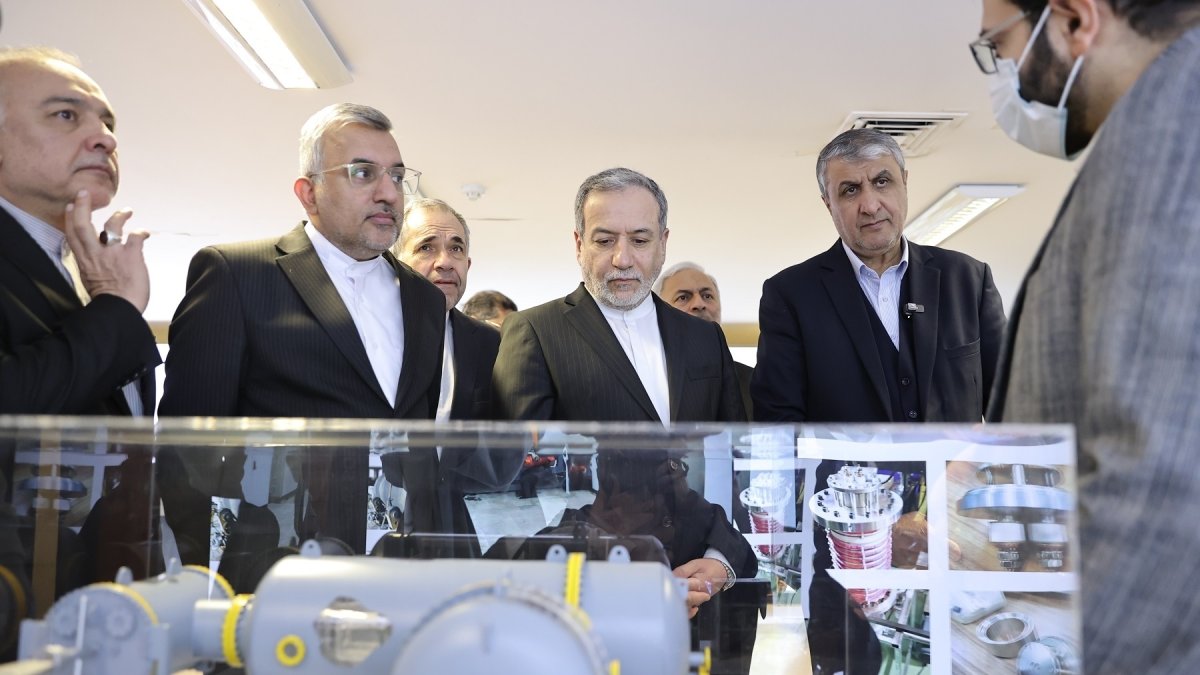Inspectors from the U.N. nuclear watchdog have returned to Iran’s nuclear facilities, marking the first visible sign of resumed cooperation since the country’s confrontation with Israel and the United States earlier this year.
Iran’s Foreign Ministry confirmed Monday that a team from the International Atomic Energy Agency (IAEA) visited several nuclear sites last week, including the Tehran Research Reactor, following repeated calls from the agency for Tehran to restore full access to inspectors.
“As long as we are a member of the NPT, we will abide by our commitments,” ministry spokesperson Esmaeil Baghaei said, referring to the Treaty on the Non-Proliferation of Nuclear Weapons. He did not specify which additional sites were inspected.
The announcement came days after IAEA Director General Rafael Grossi urged Iran to “seriously improve” cooperation, warning that continued resistance could deepen its isolation and fuel mistrust among Western powers.
Fallout from the June conflict
The renewed inspection activity follows months of friction triggered by a June 2025 conflict that saw direct hostilities between Iran and Israel.
During that 12-day war, the United States bombed three Iranian nuclear sites – Fordow, Natanz and Isfahan – in its first direct strikes on Iran’s nuclear infrastructure.
The attacks destroyed portions of Iran’s uranium enrichment facilities but failed to eliminate the program, prompting Tehran to temporarily suspend IAEA access.
In the weeks that followed, satellite imagery revealed signs of ongoing activity at several of the targeted sites.
Iranian leaders accused the IAEA of enabling the strikes, arguing that a resolution passed by its Board of Governors on June 21 – declaring Tehran in violation of its non-proliferation obligations – gave Israel and the U.S. diplomatic cover for military action.
Tehran formally halted IAEA monitoring on July 2, cutting off surveillance feeds and inspector visas. The suspension lasted until September, when mediation by China and Russia helped restore limited inspections under stricter terms.
Grossi’s warning
Speaking in early November, Grossi said Iran “cannot claim to remain within the non-proliferation treaty and then disregard its obligations,” citing the agency’s inability to take environmental samples at key sites.
The IAEA has previously detected uranium enriched up to 83.7% at Fordow – just below weapons-grade level.
Iran insists its nuclear activities remain peaceful, aimed at medical research and energy production.
“These visits demonstrate our constructive engagement, despite the provocations from the Zionist regime and its backers,” Baghaei said Monday, using Iran’s standard reference to Israel.
Fragile calm
The return of inspectors comes amid a fragile calm in the Middle East. The June war killed more than 1,200 people on both sides and rattled global oil markets, with Iranian exports falling sharply under renewed sanctions pressure.
The IAEA’s next quarterly report, due later this month, is expected to detail whether Tehran has granted the access Grossi demanded.
Western diplomats say the findings will influence upcoming policy decisions in Washington, where U.S. President Donald Trump has signaled a return to “maximum pressure” if enrichment expands further.
For now, the inspections offer a tentative opening – but trust remains scarce. “Verification is progress, but compliance is what matters,” said Kelsey Davenport, director of nonproliferation policy at the Arms Control Association.

The Daily Sabah Newsletter
Keep up to date with what’s happening in Turkey,
it’s region and the world.
SIGN ME UP
You can unsubscribe at any time. By signing up you are agreeing to our Terms of Use and Privacy Policy.
This site is protected by reCAPTCHA and the Google Privacy Policy and Terms of Service apply.
